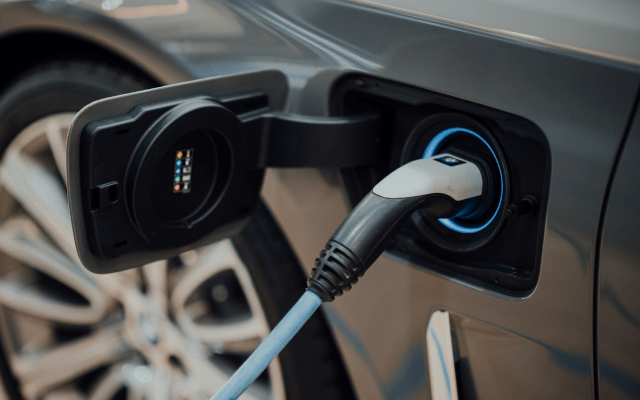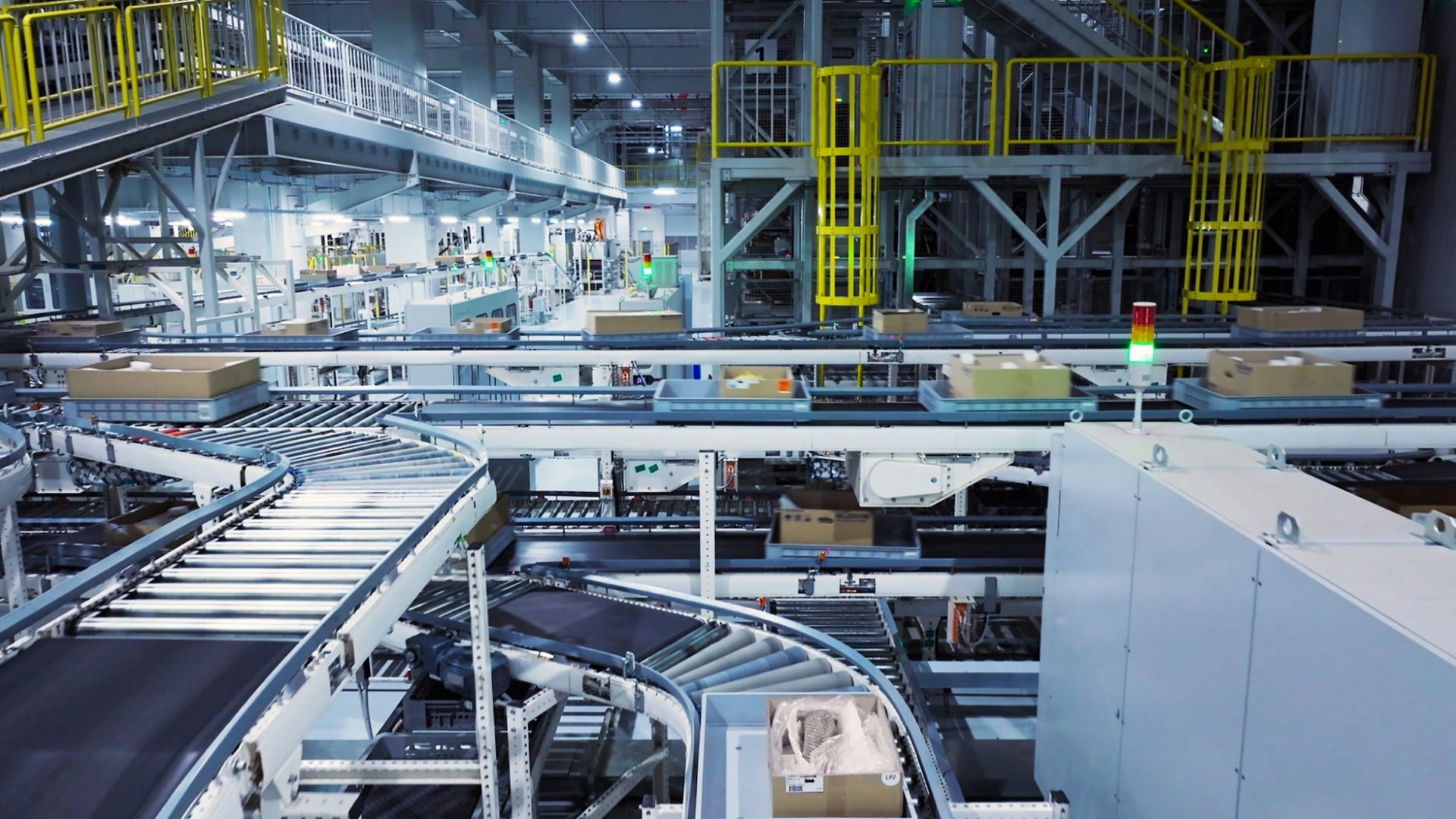The global demand for batteries, particularly lithium-ion (Li-ion) batteries, is experiencing unprecedented growth, driven by the imperative to combat climate change through the electrification of mobility and the broader energy transition.
Projections indicate a remarkable market growth, with estimates suggesting a market size of 4.7 TWh and a value exceeding $400 billion by 2030. Electric vehicles (EVs) are expected to be the primary driver of this demand, with Li-ion battery demand projected to soar from 700 GWh in 2022 to approximately 4.7 TWh by 2030.
OEM: Challenges and Opportunities in the Transition to Electric Vehicles
The automotive industry is at the forefront of this transformation, with the rising demand for automotive batteries reshaping the mobility and energy storage landscape. However, as the industry transitions towards electric vehicles (EVs), original equipment manufacturers (OEMs) are facing unique challenges.
Despite decades of development and optimization leading to high efficiency in traditional manufacturing processes, OEMs now must balance the need for rapid innovation with the pressure to bring new EV models to market quickly. Additionally, they grapple with initially low Overall Equipment Effectiveness (OEE) in their manufacturing plants as they adapt to the demands of EV production.

Optimizing Electric Vehicle Production with Data and Analysis
In this dynamic landscape, the focus on data and analytics emerges as a critical catalyst for achieving fast yet sustainable growth while mitigating risk. By harnessing the power of data and analytics at every stage of the development and manufacturing process, OEMs can gain invaluable insights that drive efficiency and innovation.
From predictive maintenance to supply chain optimization, data-driven decision-making enables OEMs to identify inefficiencies, optimize processes, and accelerate time to market for new EV models.
Driving Innovation in Car Batteries with Data
The smart utilization of data sets industry leaders apart from followers in this competitive market. Those who leverage data effectively gain a competitive edge, positioning themselves as pioneers in automotive battery innovation. By embracing data-driven strategies, OEMs can streamline operations, enhance product quality, and deliver cutting-edge EVs that meet the demands of today’s environmentally conscious consumers.

Conclusion
In conclusion, the automotive industry is at a pivotal moment in its evolution, with the rise of electric vehicles reshaping traditional paradigms. As OEMs navigate the transition towards EV production, the strategic use of data and analytics emerges as a linchpin for success. By harnessing the power of data-driven insights, OEMs can drive sustainable growth, accelerate innovation, and establish themselves as leaders in the electrified future of mobility.
Let’s embrace the power of data to shape the future of automotive battery innovation and drive towards a greener, more sustainable tomorrow!
To give even more value to our information, we have relied on McKinsey documentation.
#AutomotiveBatteries #DataAnalytics #ElectricVehicles
Share this post






